Monsoon Tips For You And Your Car
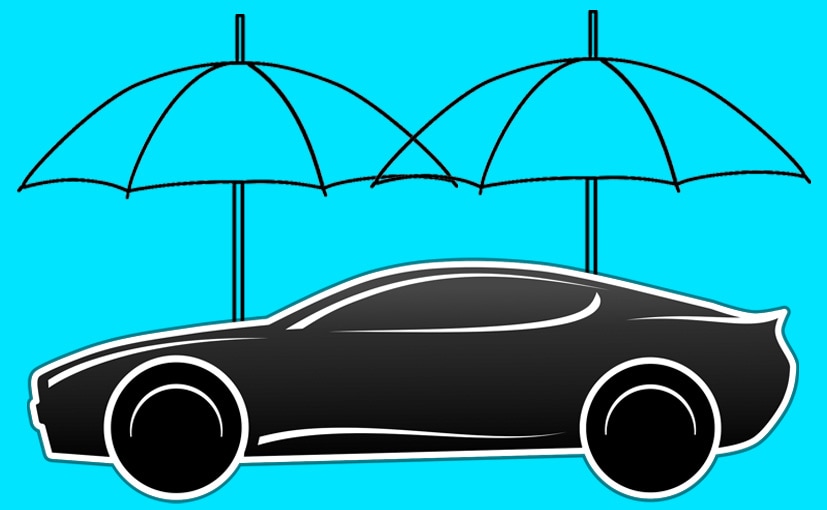
- Top Tip 1: Remember to top-up wiper fluid and keep wipers clean
- Top Tip 2: Check tyres and spare tyre for wear, replace if necessary
- Top Tip 3: Use newspaper on carpet, large towel on seat to keep cabin dry
The monsoon season is here and with it brings heavy rainfall that leads to floods, traffic jams and a whole host of other issues. The rains are also very bad for your car as the mid, dirt and water that tends to accumulate in areas can result in rust and electrical issues. So to make sure your car stays in the best shape possible, here are some top tips to ensure your car stays in top shape this monsoon. We also give you some quick tips on how to drive safer and keep your car as protected as it can be this monsoon.
Protecting your car's exterior:
Most of the brunt of the monsoon is taken by your car's exterior. Muck, leaves and dirt in general ruins your pristine paint finish and the damage can actually be a lot deeper if you dont take preventive measures.
Keep it Clean!
The Simplest way to protect your car's exterior is to make sure dirt and muck don't settle on it. If you do get the time to do so, always try and wipe down or wash off all the gunk from your car's body post driving in the rain. This will ensure that the dirt and muck gets washed off and cant stick around and in turn damage paint. Every morning too, wipe your car down to get rid of all the leaves and twigs from your car's paint.

(Never use a car cover in the monsoon if parking in the open)
Car Covers - A Big NO NO!
Never use a car cover on your car if you intend to park it out in the open. While it might protect from random leaves and twigs falling on the car and while most of the water falling on the car might flow away, the cover tends to stick to the car's body due to the moisture. When the sun is out and the car dries, the cover can stick to the car's clear coat and can actually peel it off when the cover is removed causing irreversible damage to the paint.
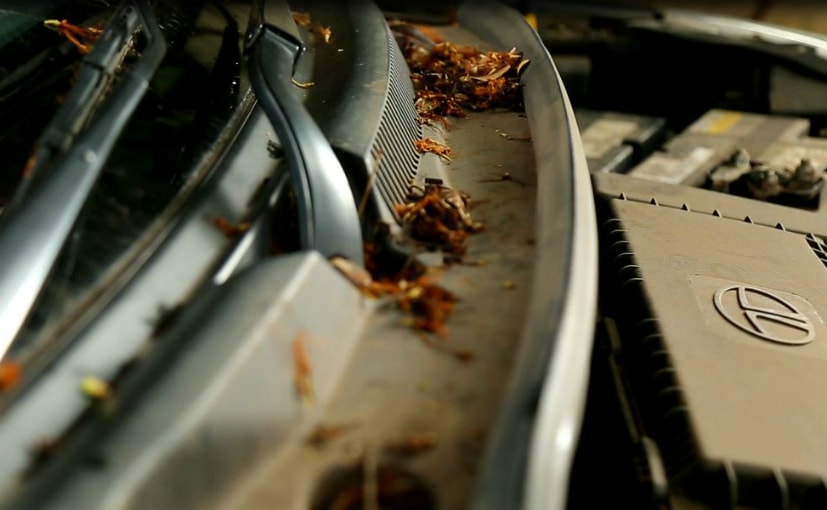
(Always clean the under bonnet and boot areas to clear the water drains)
Clean under the bonnet and boot
Remember to always clean under the bootlid and the bonnet of your car. Frequently, leaves tend to get stuck under them which ends up clogging the water drainage gutters. The leaves can also get stuck inside door jams causing water to accumulate in crevices and causing rust which will then lead to water leaking into the interior cabin.
Underbody Protection
The underbody of the car can be protected by spraying a mixture of diesel and used engine oil. This mixture keeps moisture and dirt/grime away and can be integral to protect mechanical moving parts and the underfloor of the car from rust. The combination can also be used on the likes of the front suspension. Avoid spraying it on the engine/exhaust components due to fire hazards and on the brake discs as it can form a film that can cause loss of braking.
Save That Paint!
Applying a paint protection film is the best way to protect your paint from the effects of rain and moisture. However, these are very very expensive so as an alternative measure, you can apply a ceramic paint protection to make sure water tends to flow away. You also also use simple car wax or polish your car's paint to make sure the water doesn't stay on the surface and tends to flow away.
Protecting your car's Interior:
The interior of your car takes one of the worst brunt in the monsoon. Wet and muddy shoes, wet clothes and very high level of moisture can cause the insides of your car to smell. The best way to keep the water and muck off the carpets is to use old newspapers. Newspaper absorbs water instantly and is cheap to buy too which makes it a great alternate to using cloth to clean the carpets and mats.
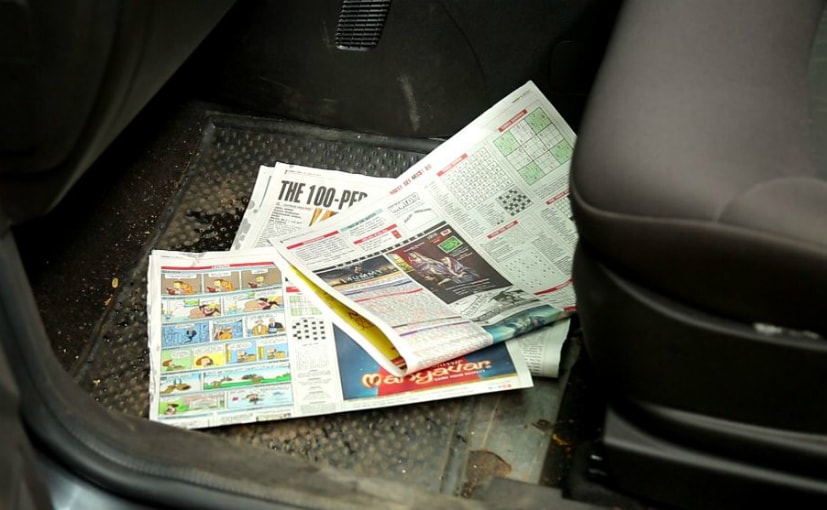
(Use newspapers to soak up the water inside your car)
Quick Fix To Keep Things Dry
If you are going to get wet when you enter the car, the easiest way to protect your seats is to drape them with a large towel. In particular, drape the backrest and the headrest as that is what tends to get the wettest when you enter the car after getting caught out in the rain.
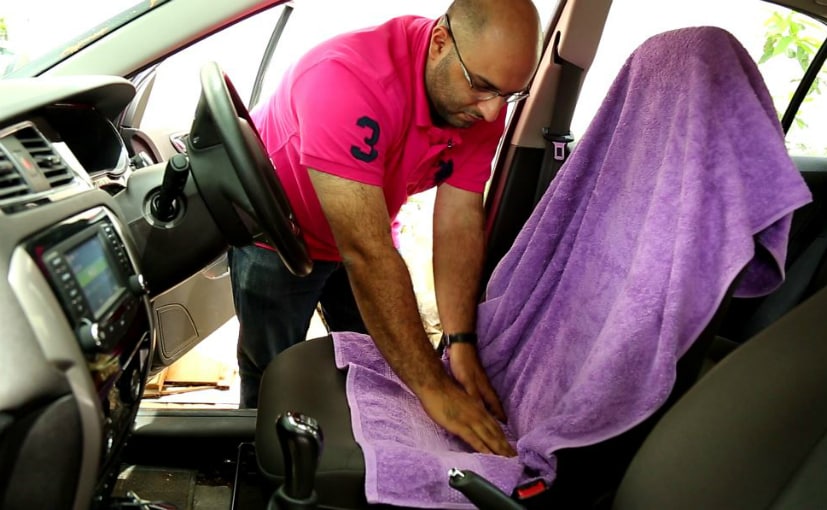
(You can use a large towel to cover up the seats and the headrests)
If you do have water leaking into your car, remember to get rid of the old newspaper that has already worked overtime to soak the water. Also remember to wipe your seats, steering wheel, gear knob and dashboard once before driving as mould can grow on these and in turn cause illness.
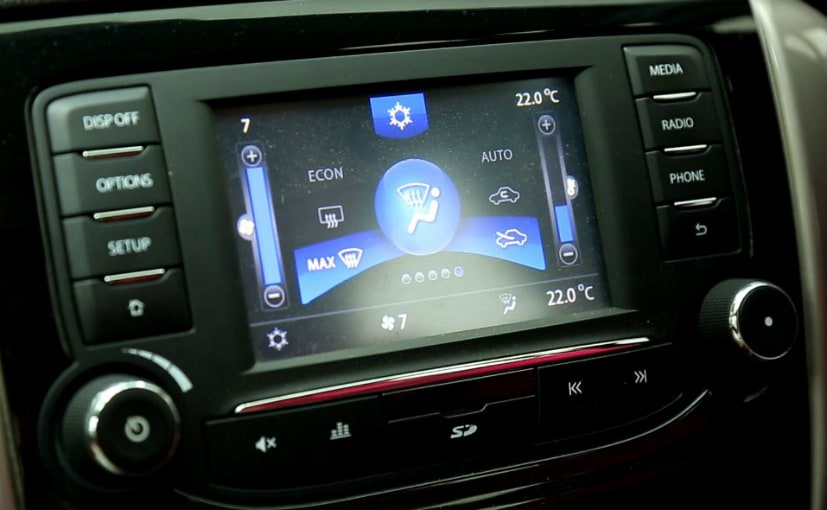
(Use the front and rear defogger in your car to avoid misting)
Service your AC!
Always remember to get your AC serviced just before the rains being. The AC filter will be working overtime to reduce the moisture and all the wet grime particles that enter your car and so needs to be in the best shape.
Use That Defogger
If your car is not equipped with an automated front defogger, turn the blower speed to full and move the intake to fresh air mode, while positioning the vent to the front defogger position. This will instantly de-fog your windscreen. Never clean the condensation with a towel as this could leaves streaks. Most cars also come with a rear defogger, which can prove to be very useful in the monsoon.
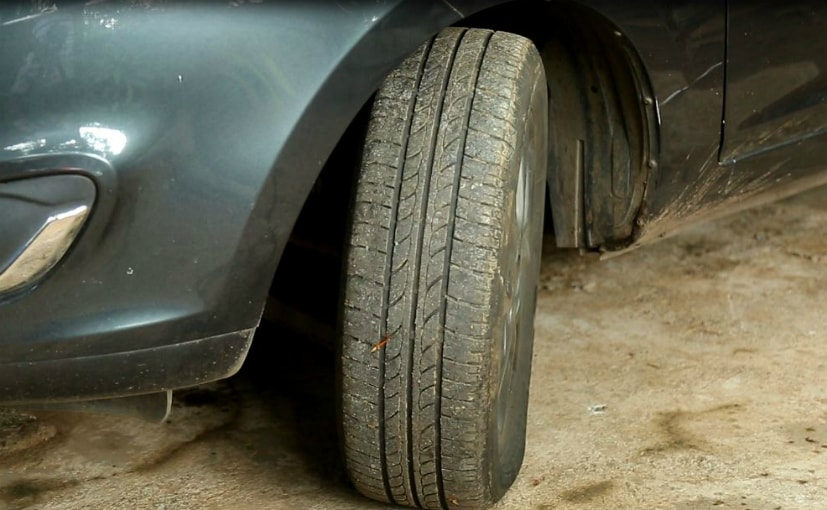
(Check your tyre for wear and tear when the monsoon sets in)
Safety Tips For Your Car:
While keeping your exterior and interior in top shape is all well and good, driving on Indian roads in the monsoon has a whole host of other challenges too. Here are some tips to make sure you drive as safely as humanly possible.
Check your tyres!
Tyres are prone to severe wear and tear in the monsoons as they work overtime in wet conditions to give your car all the grip it needs. Check how worn your tyres are by a visual inspection to see if the tyre wear markers are still visible. Alternatively, you can check if your tyres still have enough tread by inserting a Rs 10 coin and to see if the golden rim is still visible. If it is, you need new tyres. Contrary to popular belief, getting only front tyres changed is more dangerous since worn rear tyres might result in over steer. And while most drivers can handle the sensation of under steer, over steer needs a lot of skill to counter.
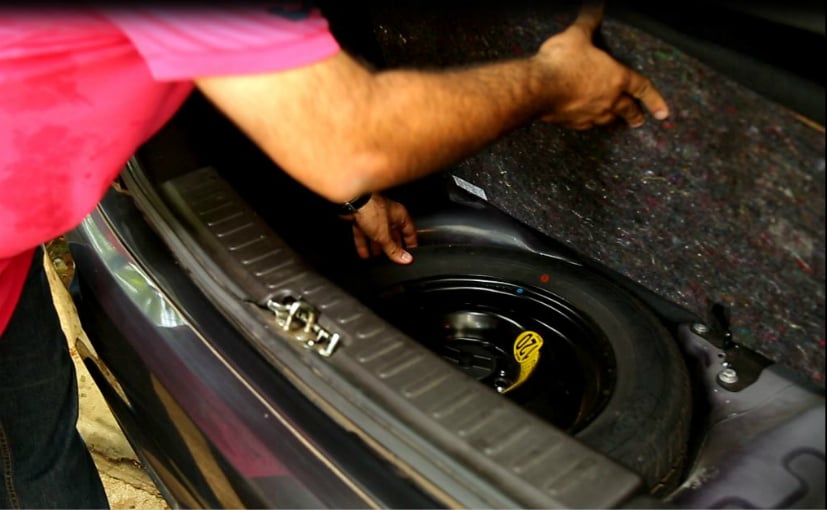
(Check the spare wheel to see if there is enough air and is in the best shape)
Double check that spare tyre!
Always double check your spare tyre every weekend to make sure it has enough air in the tyres. If you do get a puncture, find the first tyre repair shop and get it fixed or do it yourself with a tyre repair kit.
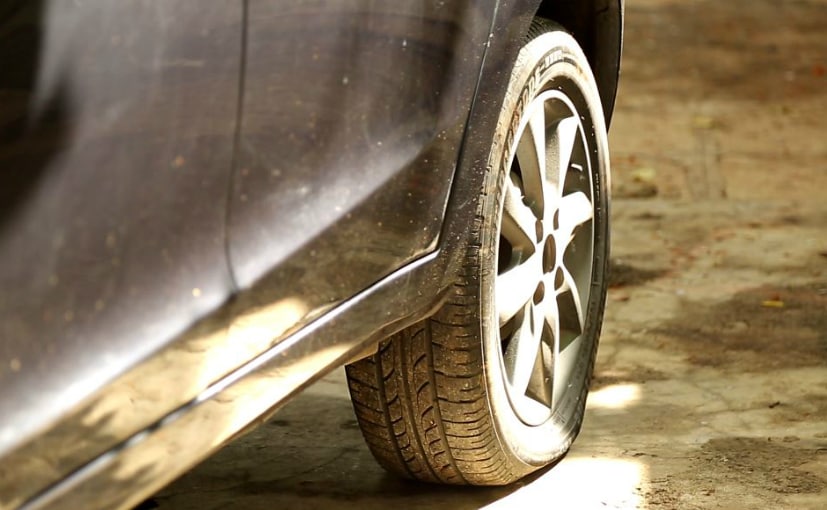
(Always keep the tyres inflated at the correct pressure to avoid failure)
Drive in the centre lane
As far as possible, try and stick to the centre lane while driving in the monsoon. This lane has the least possibility of water logging or patches of still water as it is usually set slightly higher than the side lanes. If you do have to drive through water logged areas, drive slow with constant throttle and avoid using the brakes. Keep space between you and the car in front and if you do stall the car and the water levels are high, do not restart as it will cause engine damage. Turn your hazard lights on and get out of the car as soon as possible to try and push it to a safer place.
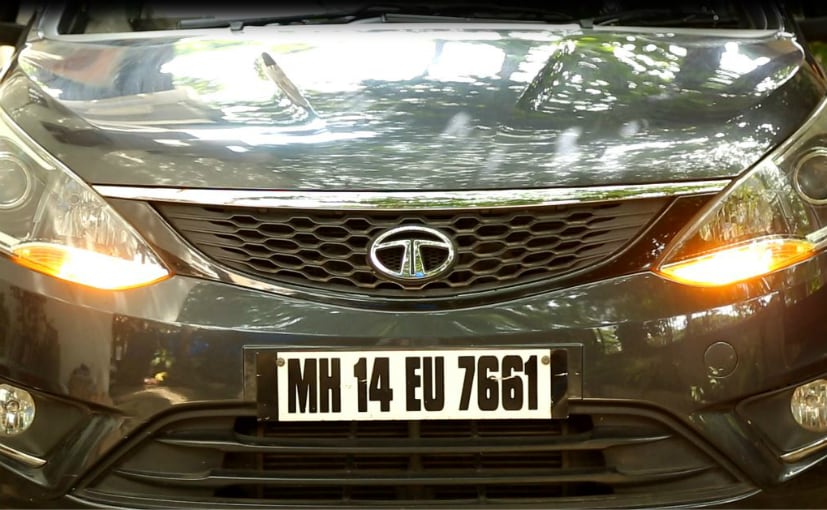
(Do not use hazard lights unnecessarily in the monsoons)
Do not use your hazard lights unnecessarily
Turning your hazards on when it is raining heavily and you are driving around normally though is incorrect and dangerous habit. If you are used to doing this, you need to loose the habit and stop!
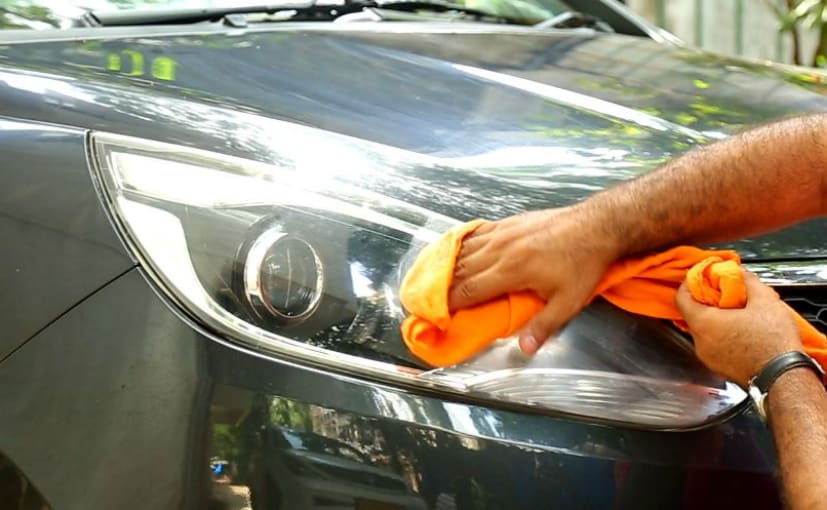
(Keep your headlamps as clean as possible in the monsoons for best visibility)
Keep Those headlamps clean
Keeping your headlamps clean in the rain is crucial for better visibility. The best way to keep your reflectors as shiny as possible is to clean them with some white toothpaste. Remember, only white toothpaste and not the gel based ones are effective. Apply some on the faded headlamp covers and then rub them in a circular motion till the whole surface is coated. Take a wet cloth and wipe the toothpaste off and this will result in a sparkling new headlamp.
No Aftermarket headlights!
Aftermarket HID headlamps might look cool and might offer more immediate illumination but if fitted in reflectors meant for halogen bulbs is actually much worse. Revert back to the original halogen bulbs or slightly upgraded ones in the monsoons that give a much better beam. Driving lights or fog lamps can also be added but must be kept clean.
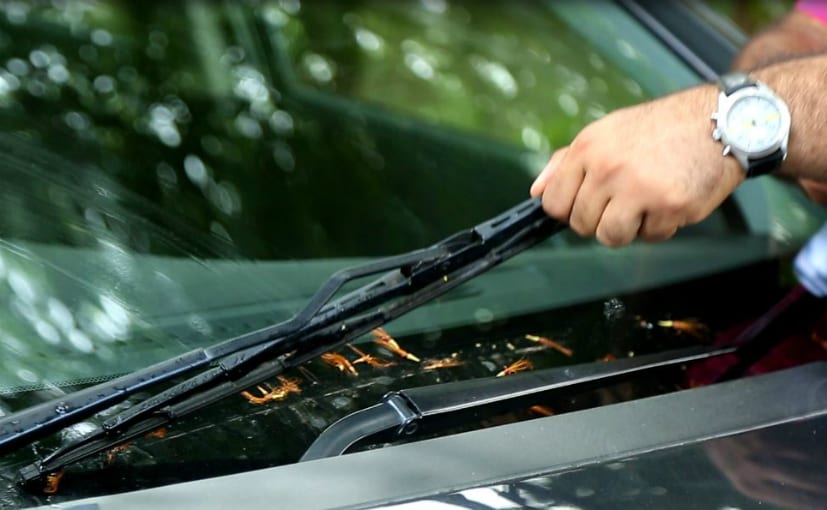
(Clean and change your windscreen wipers in the monsoon to have a clean view)
Check your wipers
Changing your wipers before the monsoon sets in is a no brainer. Some newer wiper blades from the likes of manufacturers like Bosch offer a single piece blade that is more effective. However, there are thousands of fakes in the markets too which are much worse than the standard wiper blades offered by the OEM manufacturers. Always buy from a reputed shop and avoid cheaper Chinese imitations.
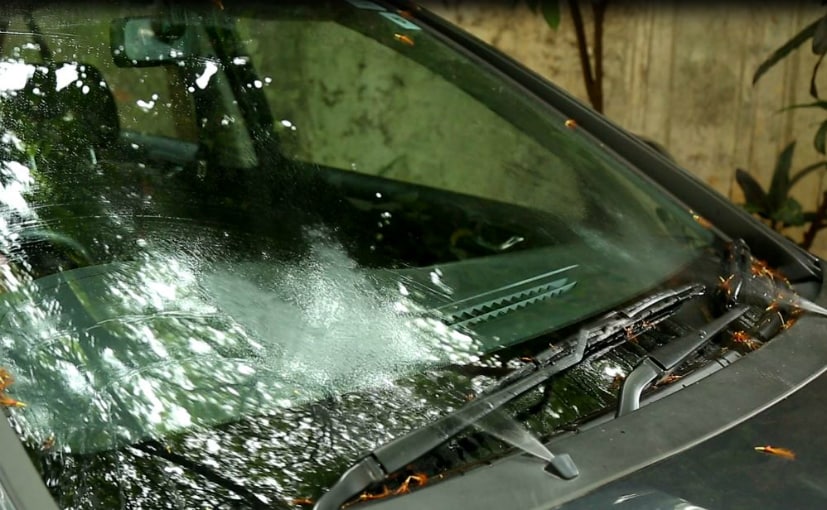
(Keep the windscreen washer fluid topped up in the monsoon)
Check your windscreen washer fluid
Keep your windscreen washing liquid topped up in the rain as it is crucial to keep your windscreen as clean as possible. Adding a bit of soap solution can also help keep the dirt and grime off your car.
Just drive Slower!
And finally, the monsoon can result in low grip and low visibility. Drive slower than you usually would to ensure reaction times are not affected in case you do have to counter an obstruction of some sort.
Trending News
 1 min readTriumph Tracker 400 Unveiled in UK
1 min readTriumph Tracker 400 Unveiled in UK
Latest News
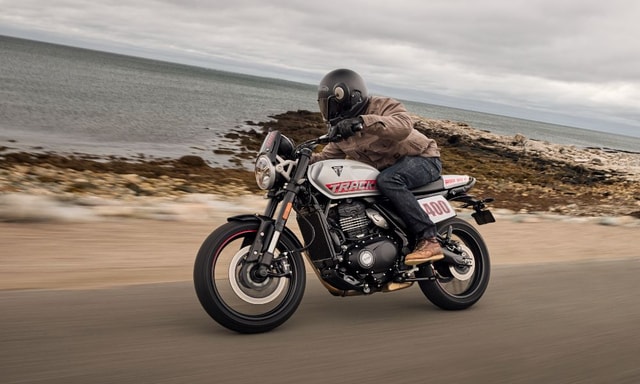 Janak Sorap | Dec 16, 2025Triumph Tracker 400 Unveiled in UKBased on the Speed 400’s platform with the tune from the Thruxton 400.1 min read
Janak Sorap | Dec 16, 2025Triumph Tracker 400 Unveiled in UKBased on the Speed 400’s platform with the tune from the Thruxton 400.1 min read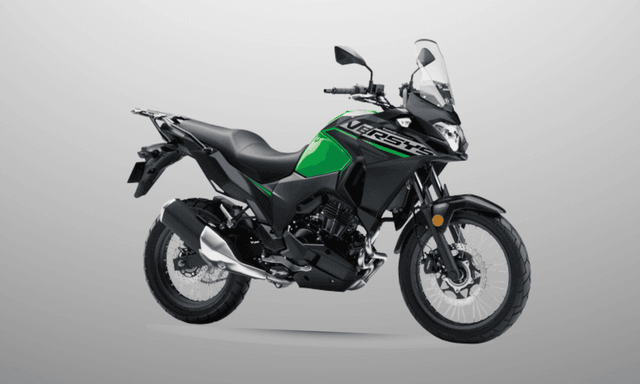 car&bike Team | Dec 16, 2025Kawasaki Versys-X 300 Offered With Rs 25,000 DiscountAfter the discount, the entry-level Kawasaki Adventurer tourer is priced at Rs 3.24 lakh (ex-showroom).3 mins read
car&bike Team | Dec 16, 2025Kawasaki Versys-X 300 Offered With Rs 25,000 DiscountAfter the discount, the entry-level Kawasaki Adventurer tourer is priced at Rs 3.24 lakh (ex-showroom).3 mins read car&bike Team | Dec 16, 20252026 MG Hector Prices, Variant-Wise Features ExplainedThe updated Hector is sold in 5 trim levels - Style, Select Pro, Smart Pro, Sharp Pro, Savvy Pro.2 mins read
car&bike Team | Dec 16, 20252026 MG Hector Prices, Variant-Wise Features ExplainedThe updated Hector is sold in 5 trim levels - Style, Select Pro, Smart Pro, Sharp Pro, Savvy Pro.2 mins read car&bike Team | Dec 16, 2025Updated Bajaj Pulsar 220F Launched: Gets Dual-Channel ABSAlong with dual-channel ABS, the Pulsar 220F gets two new colour options.1 min read
car&bike Team | Dec 16, 2025Updated Bajaj Pulsar 220F Launched: Gets Dual-Channel ABSAlong with dual-channel ABS, the Pulsar 220F gets two new colour options.1 min read Janak Sorap | Dec 16, 2025Yamaha R3 and MT-03 Discontinued in India; Here’s WhyThe motorcycles had revied around a price revision of more than a lakh earlier this year, followed by additional discounts due to GST reform, and yet have failed to secure any momentum.1 min read
Janak Sorap | Dec 16, 2025Yamaha R3 and MT-03 Discontinued in India; Here’s WhyThe motorcycles had revied around a price revision of more than a lakh earlier this year, followed by additional discounts due to GST reform, and yet have failed to secure any momentum.1 min read Jaiveer Mehra | Dec 15, 2025Mahindra XUV 7XO Interior Previewed Ahead Of Debut; Triple Screen Layout ConfirmedNew teaser video provides a glimpse at the facelift XUV 700’s cabin and confirms some of the features.1 min read
Jaiveer Mehra | Dec 15, 2025Mahindra XUV 7XO Interior Previewed Ahead Of Debut; Triple Screen Layout ConfirmedNew teaser video provides a glimpse at the facelift XUV 700’s cabin and confirms some of the features.1 min read
 Janak Sorap | Dec 11, 2025Harley-Davidson X440 T First Ride Review: Smarter and SharperHarley-Davidson has taken the X440 and given it a more focused and engaging twist. The result is the X440 T—essentially the same platform but updated in areas that give the motorcycle more appeal and riders more thrill.5 mins read
Janak Sorap | Dec 11, 2025Harley-Davidson X440 T First Ride Review: Smarter and SharperHarley-Davidson has taken the X440 and given it a more focused and engaging twist. The result is the X440 T—essentially the same platform but updated in areas that give the motorcycle more appeal and riders more thrill.5 mins read Shams Raza Naqvi | Dec 10, 20252025 Mini Cooper Convertible Review: More Colour On Indian RoadsThe updated Mini Cooper Convertible is set to be launched in the Indian market in the next few days. We drive it around Jaisalmer for a quick review.1 min read
Shams Raza Naqvi | Dec 10, 20252025 Mini Cooper Convertible Review: More Colour On Indian RoadsThe updated Mini Cooper Convertible is set to be launched in the Indian market in the next few days. We drive it around Jaisalmer for a quick review.1 min read Bilal Firfiray | Dec 8, 2025Tata Sierra Review: India’s New Favourite?Marking its return after a few decades, the reborn Sierra has made everyone sit up and take notice. But is it worth the hype?10 mins read
Bilal Firfiray | Dec 8, 2025Tata Sierra Review: India’s New Favourite?Marking its return after a few decades, the reborn Sierra has made everyone sit up and take notice. But is it worth the hype?10 mins read Girish Karkera | Dec 4, 20252026 Honda Prelude First Drive: Domesticated Civic Type RA sporty-looking coupe built to give customers a taste of performance but not at the expense of everyday practicality.5 mins read
Girish Karkera | Dec 4, 20252026 Honda Prelude First Drive: Domesticated Civic Type RA sporty-looking coupe built to give customers a taste of performance but not at the expense of everyday practicality.5 mins read Seshan Vijayraghvan | Nov 29, 2025Mahindra XEV 9S First Drive Review: Big Electric SUV, Bigger ExpectationsThe XEV 9S lands at a time when the EV crowd is growing fast. It’s a big, born-electric, three-row SUV that starts under 20 lakh. It sits close to the XUV700 in size, but the brief is very different. Here’s what it’s like on the road.11 mins read
Seshan Vijayraghvan | Nov 29, 2025Mahindra XEV 9S First Drive Review: Big Electric SUV, Bigger ExpectationsThe XEV 9S lands at a time when the EV crowd is growing fast. It’s a big, born-electric, three-row SUV that starts under 20 lakh. It sits close to the XUV700 in size, but the brief is very different. Here’s what it’s like on the road.11 mins read
































































































































